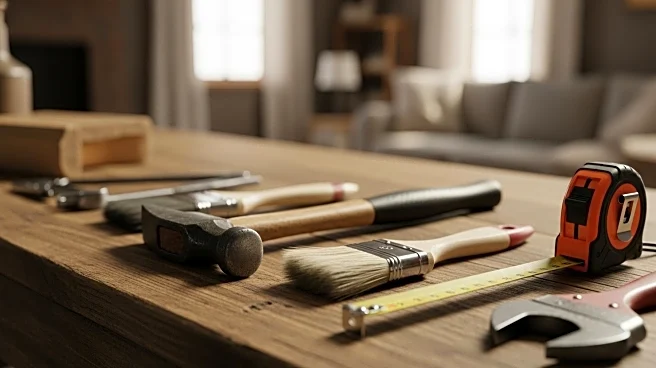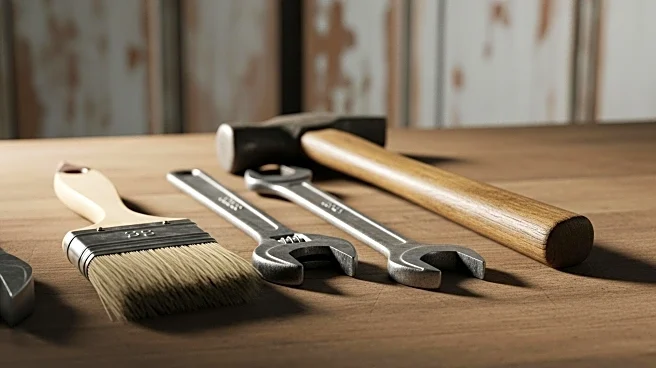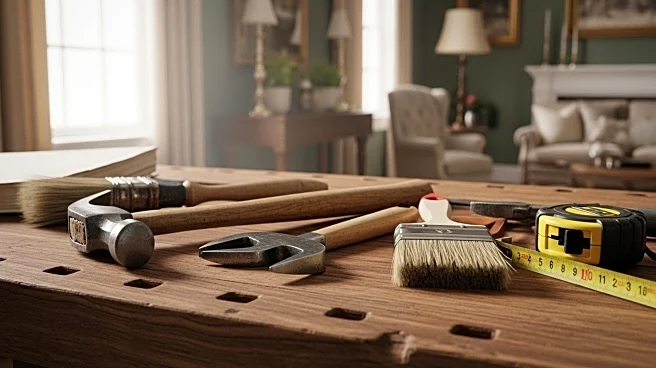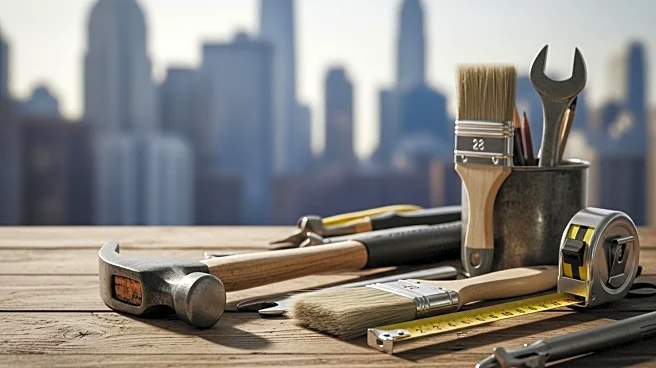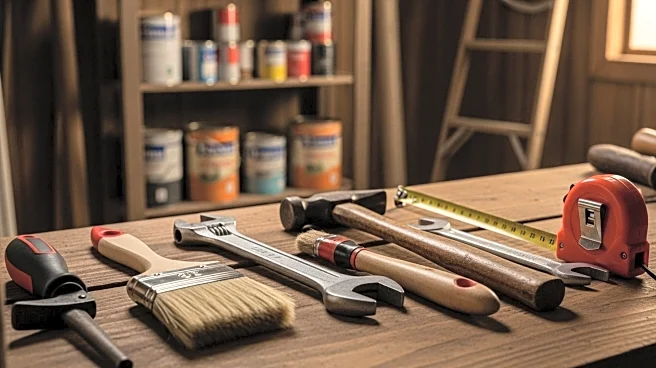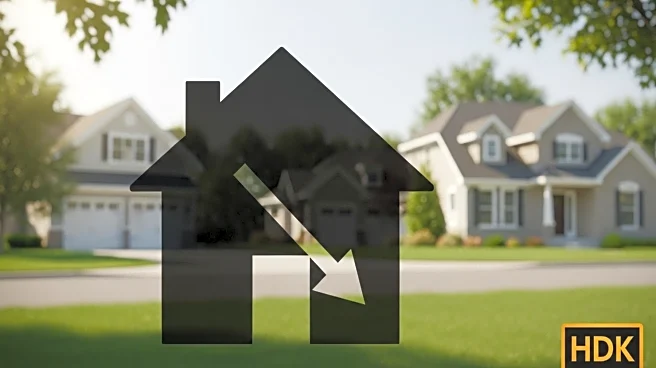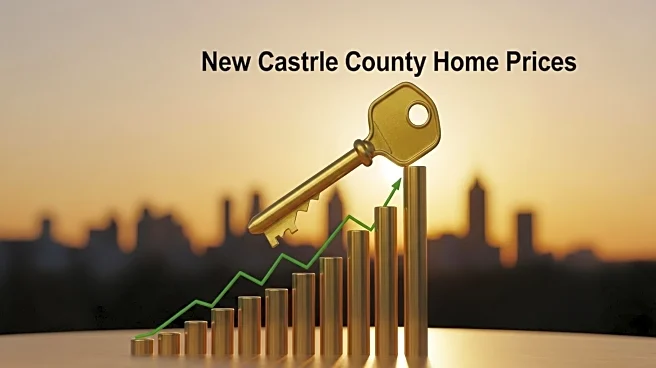What's Happening?
Realtor.com has reported a significant increase in interest for homes marketed as 'fixer-uppers' due to the ongoing housing affordability crisis. These properties are drawing 52% more page views per listing compared to affordable homes, with searches for the term tripling since 2021. The median price for a fixer-upper is $200,000, which is a 54% discount from the median price of all single-family homes. Despite being older, smaller, and slower to sell, these homes are appealing to buyers looking for affordable entry points into the housing market. Cities like St. Louis, Detroit, Jackson, Miss., Toledo, Ohio, and Dayton, Ohio are noted for offering significant price breaks on fixer-uppers.
Why It's Important?
The growing interest in fixer-uppers highlights the challenges faced by potential homebuyers in the current market, where affordability is a major concern. This trend provides an opportunity for buyers to invest in properties that require renovation, allowing them to enter the housing market at a lower cost. However, the economic dynamics of flipping these properties have become more challenging due to high acquisition costs, labor shortages, and increased material prices, which are affecting profit margins for investors. This shift indicates a potential change in the real estate market, where buyers are prioritizing affordability and long-term investment over immediate resale profits.
What's Next?
As the demand for fixer-uppers continues to rise, it is likely that more buyers will seek these properties as a viable option to enter the housing market. This could lead to increased competition for such homes, potentially driving up prices in certain regions. Investors may need to adjust their strategies to account for the narrowing profit margins, focusing on regions where returns are still viable. Additionally, the trend may influence real estate developers and policymakers to consider initiatives that support affordable housing solutions.
Beyond the Headlines
The shift towards fixer-uppers may have broader implications for the housing market, including potential changes in neighborhood demographics and urban development. As more buyers invest in renovating older homes, there could be a revitalization of certain areas, leading to increased community engagement and economic activity. However, this trend also raises questions about the sustainability of relying on sweat equity in a market where costs continue to rise, potentially impacting long-term housing affordability.

